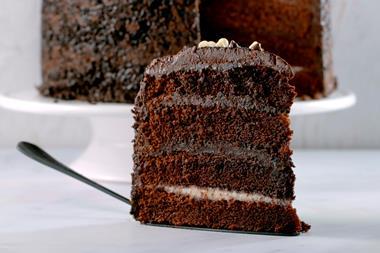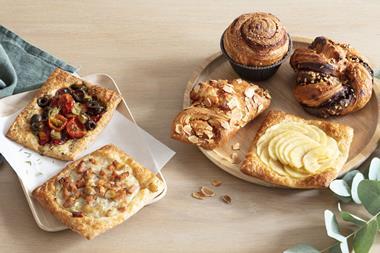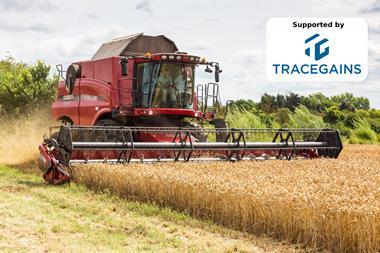Flour contains the gluten-forming proteins gliadin and glutenin. When these proteins are hydrated during mixing, they create a network known as gluten.
Gliadin is responsible for the flow and extensibility of the dough, and glutenin provides elastic properties. Together they form the typical visco-elastic properties vital to bread-making. During mixing, these bonds become strong enough to trap gas and form bubbles, which then expand during fermentation.
Katie-Joy Woods, bakery technologist, Campden BRI
Campden BRI provides technical support to the food, drinks and allied industries worldwide. Its activities are built on a programme of industrial relevant research and innovation steered by industry. See campdenbri.co.uk or telephone 01386 842000


























No comments yet